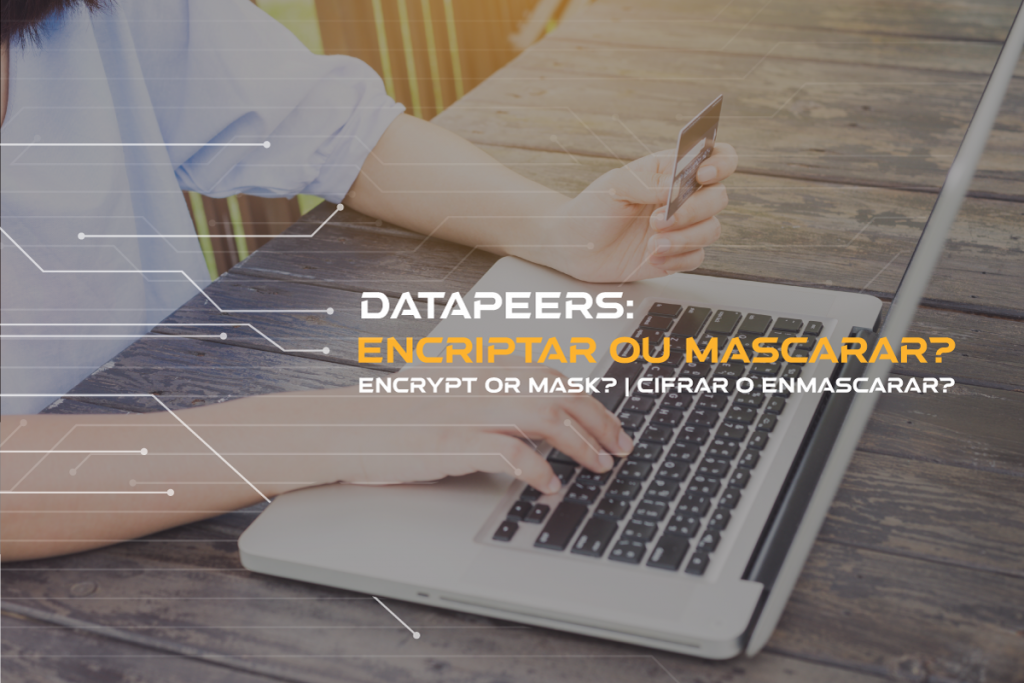When we talk about data security, we are well aware of the importance and responsibility of delivering an effective and valuable service to our Customers. Thus, the use of the most appropriate technology to the specific needs, as is the case of masking in face of data encryption, allows us to comply with this requirement.
In today’s article, we differentiate these two techniques, so that you understand why DATAPEERS uses data masking as a safe and effective formula to protect your data.
In a simplified way, data encryption consists of encrypting messages or documents using a key that is necessary to be able to decrypt or decrypt, and as such is only available to those who should have access to that information. Its main objective is to protect digital data when sending or storing, ensuring its integrity and non-adulteration of the content. Encryption or encryption is commonly used, for example, in the storage of passwords. The encrypted information will thus be unreadable for those who do not have the encryption key, thus rendering it unusable for people and programs.
But what to do when we need to protect information and at the same time maintain its readability so that it can be used freely, without jeopardizing security? The answer lies in masking or anonymizing data. It is a means of protecting information that creates a version with a structure very similar to the original data. The values are changed without changing the original format, allowing them to be read and used in tests or shared, in a completely safe and anonymous way.
When, for example, you access your account on an E-commerce site and your credit card appears as XXXX-XXXX-XXXX-9630, it means that the number has been masked, only revealing the last four digits, in order to protect your your personal data from viewing by third parties, and still allow you to validate that it is actually your card. In other words, this simple masking gave him the necessary protection but allowed him, nonetheless, to use the information.
There are numerous masking techniques, such as mixing letters or replacing words, or even generating random data. Whichever method is chosen, masking prevents the original data from being revealed and accessed by anyone. The objective achieved is the same as that of encryption, with the additional advantage of maintaining the readability and usability of the information, even though it is fictitious information.
This is a completely secure solution that allows to ensure the compliance of any organization with all data protection directives, whether personal or any other. An information leak, however small, may compromise the reputation and financial health of any business, since its current and future customers will know that it does not give due importance to the security of the information it has in its possession.
Tools such as DATAPEERS guarantee confidentiality in all non-productive databases in your organization, using the most advanced and complete masking techniques that are made available to you. These masking techniques can be so perfect that whoever accesses the masked data thinks it is real information, although it is not.


Ótimo e esclarecedor.